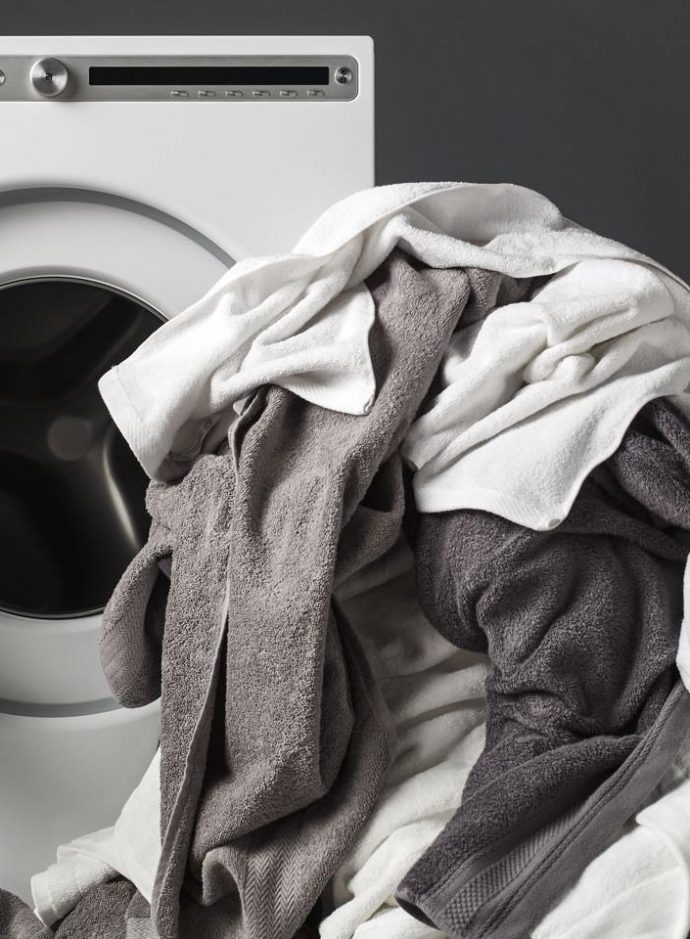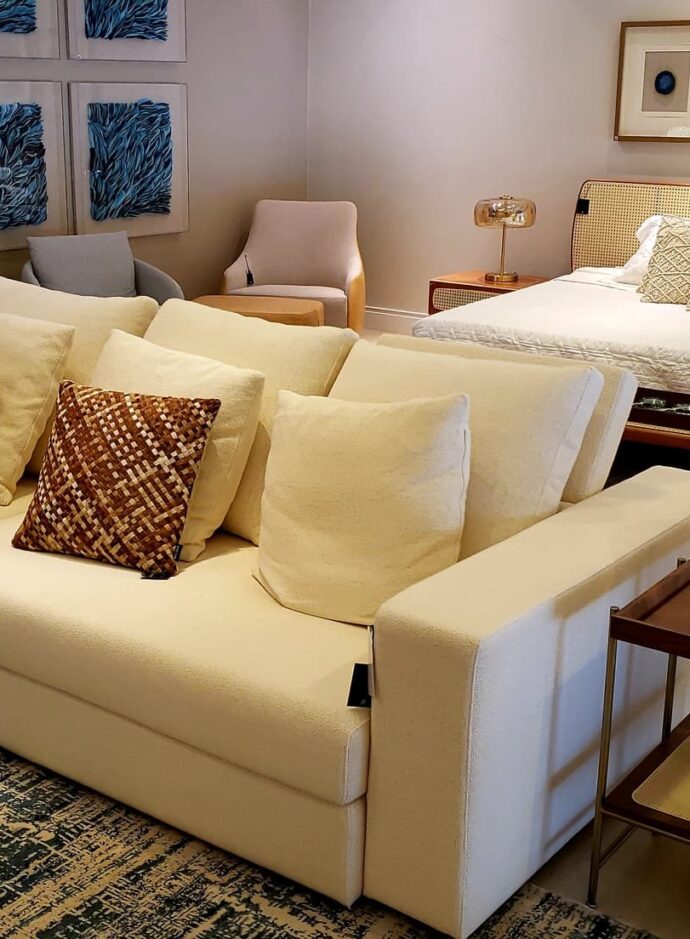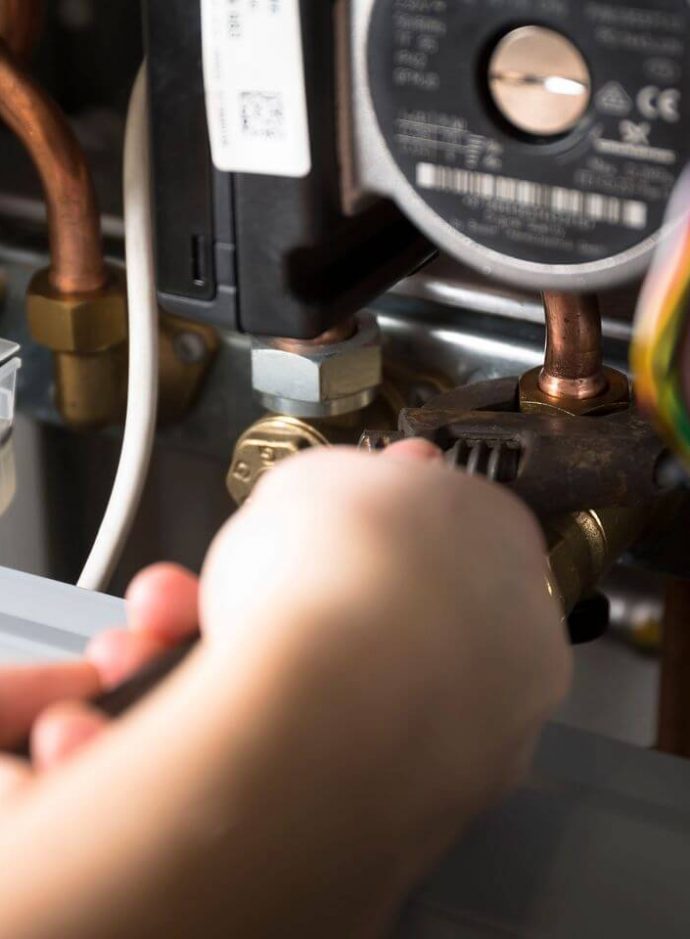Most compact home safes designed for domestic use are usually supplied with easy-to-understand do-it-yourself instructions. They must be fitted correctly to comply with the terms of insurance policies and for security because as they are relatively lightweight, would-be burglars would have no difficulty in carrying them away. It is important to choose a discreet location for a home safe, for instance, inside a cupboard beneath a staircase or in a fitted wardrobe. If fitting it to a wall, it can be disguised with shelving. It can be fixed to either wood or concrete providing the surface is solid and even.
Wall Fixing
The best position for wall installation is to have the base of the safe resting securely on the floor in order to ease the pressure on the fixings. Only standard DIY tools such as a drill, drill bits of an appropriate size and a screwdriver or spanner are required. The recommended screw is a set of coach bolts which are occasionally supplied with the safe. Remove any obstructions such as skirting board or carpeting, then ensure that the safe is level, mark the positions of the screws. When drilling it is imperative that the drill is held perfectly horizontally otherwise the bolts will not be aligned properly. Place a rawl plug in the drilled hole to create a firmer grip then attach the safe using the coach bolts. One tip is to use a reliable superglue beneath the safe to create a solid bond.
Floor Fixing
If fixing the safe to a wooden floor, check that there are no immediate hazards such as water and heating pipes or electricity cables. It is preferable to bolt the safe directly to a joist for strength and maximum security. With a concrete floor, mark the holes for the bolts as accurately as possible to ensure they match correctly. Ensure the drill bit is the correct size and start by drilling a small hole to guide it in smoothly. The coach bolts need to be tightened securely. The safe must be as close fitting as possible as any gaps could lead to the safe being prised up. Superglue can be applied to strengthen the fixing.
Alternatively, if DIY isn’t your favourite hobby or you think you might not drill the holes correctly, it is worth seeking the help of professional installers such as Secure Safe who can also offer sound advice.




